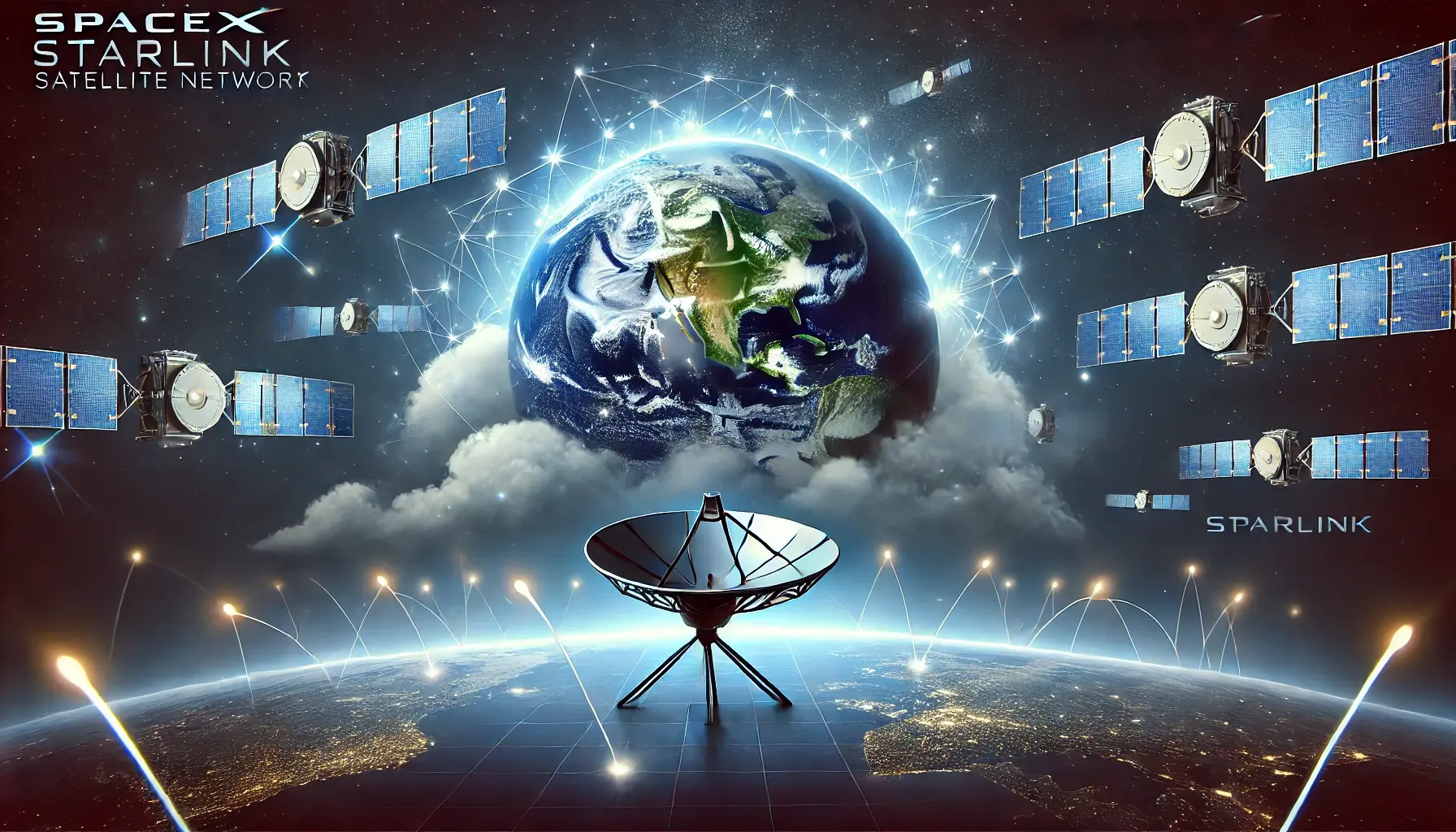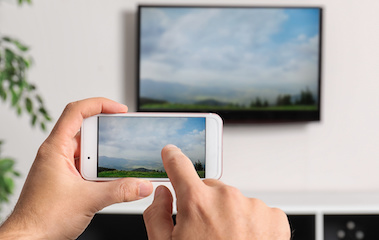7 keys for a Successful Digital Signage Project
Digital signage is the ideal communication tool for displaying interactive content in public places. The aim is simple: to create engagement or broadcast information.
The implementation of a digital signage solution can be complex. Wifirst gives you all the elements you should take into account before starting your project.
1 -Content, content and more content
It is always good to remember that content is king. Digital signage is in itself only a means of communication. A powerful means, but the key lies in the quality and relevance of the messages that you broadcast.
When it comes to broadcasting messages, the questions to ask yourself are always the same:- What messages?
- To whom?
- When?
- Where?
Keep your message clear and simple: Ambiguity leads to confusion. Resist the temptation to say everything. Sometimes you can stick to one message and deliver it in the most understandable way possible.
What are the objectives?
The content strategy must first all meet your objectives: revenue, customer engagement, point of sale aesthetics, etc.
If your goal is to generate revenue, your content should provide essential information to help your customers understand the benefits of your products and services.
If you want to boost customer engagement, give them the opportunity to check the availability of your products in-store or to order from the screen and do what is necessary to make the experience as pleasant as possible in both form and content.
Digital signage can also be an element that participates in the aesthetics of a shop. The notion of design will then be one of the very first parameters to consider when creating content.
In the retail sector, for example, you could direct your messages to your most interesting promotions of the moment, to the products that generate the most margin for your business or to the products that have performed best in recent weeks.
In airports, schools or hospitals, where information such as timetables or directions need to be displayed it is important to put yourself in the shoes of your audience and think about how you can best help them navigate this information when developing your content.
The design
Your message is ready, you know what to say and who to say it to. Now it's time to think about the content.
Several questions may instinctively arise. How will this content look on the screen? How do I respect the company's graphic style? How far away from the screen will my audience be? What will they be doing when they come across it?
All these questions are of course relevant. But the real question to ask is: what is the best visual way to deliver the right message to your audience or target market?
To answer this question, keep this fact in mind: good designs are as aesthetic as they are useful.
2 -The multi-channel strategy
It is essential to integrate your digital signage project into a more global and multi-channel strategy.
By creating a seamless experience from mobile to web to digital signage, with clear and compelling messages, you will build engagement with your target market and audience.
Don't hesitate to reinforce this impact by synchronising your digital signage network with the content of your main social media accounts.
3 -The software solution
There are many software solutions on the market. The challenge is not so much to find the best one but to find the one that fits your needs and capabilities.
Choose cloud-based solutions that do not require additional equipment but a simple internet connection.
Make sure that you can connect to your interface from any device, such as your smartphone.
You also need a solution that allows simple and efficient user management.
4 -Timing
Beyond the need to deliver the right message at the right time, you must take into account a key element: the attention span of your audience.
The average person's attention span is 8 seconds. This is the time you have to deliver your message.
This time can of course vary considerably depending on the context: a digital signage system installed on the side of a motorway will oblige you to think of an easy to understand message with less than 3 seconds. In an airport, your audience will certainly be looking for practical information, so the attention span will be well over 8 seconds.
5 -Call to action
A call-to-action is a visual element that invites your audience to perform a specific action. Think of the clickable buttons you sometimes see on some web pages that invite you to "buy now". There you are, it's a call to action.
Each message delivered through your digital signage solution should be accompanied by a call to action. This call to action can take different forms. On an interactive screen, it can take the form of a button or a QR code. A QR code is an excellent call-to-action to redirect the user to additional information such as an online form or a menu.
6 -The displays
In theory, any screen, such as a simple TV, could play looped content. However, depending on your needs and objectives, you may need to look at more suitable displays. Here are a few criteria to consider before making your choice:
The duration of use is one of the main criteria. The first question that you must ask yourself is the following: on a full day, what is the duration, in hours, of diffusion for my digital signage campaigns? If the display is temporary and lasts only a few hours, a simple screen will suffice. For a continuous display, you should invest more.
Then ask yourself whether you want to use it indoors or outdoors. For indoor use, again a simple screen can be considered. For outdoor use, the screen of your choice will need to have much better capabilities than a standard screen in terms of brightness and weather resistance.
The size of the screen will depend on the location it is at. Take into account both the size of the wall on which you wish to mount your screen and the size of the room in which you are going to install the screen.
The type of screen can vary depending on the nature of the information you are going to display. If you want to invite your audience to interact, consider touch screens.
Finally, ask yourself the connectivity question, as your content can be broadcast in different ways: via a computer connected to your screen or via a USB key, via a local network or via the Internet. In the latter case, check that your screen is equipped with a WiFi connection.
7 -The resources
Don't hesitate to involve your IT department to help you choose the digital signage solution best suited to your needs. Your information systems department remains responsible for the proper functioning of any software or computer equipment.
You can also choose to work with a specialised service provider such as Wifirst, who will be able to support you throughout the duration of your project.
- Wifi (36)
- Hotel Industry (18)
- Digital Workplace (13)
- Behind the scenes (8)
- IPTV - Signage (8)
- Optical fibre (7)
- Green-IT (5)
- Retail (5)
- Education (3)
- Healthcare (2)
- Cybersecurity (1)
- General (1)
- Hospitality (1)
- PBSA (1)
- Student Accommodation (1)
- Telephony (1)
- Tips and tricks (1)
- Tourism (1)
- Wifirst (1)
You May Also Like
These Related Stories

Starlink Internet: Revolutionizing Global Connectivity with SpaceX Technology

Behind the scenes: a look inside the Wifirst Center
